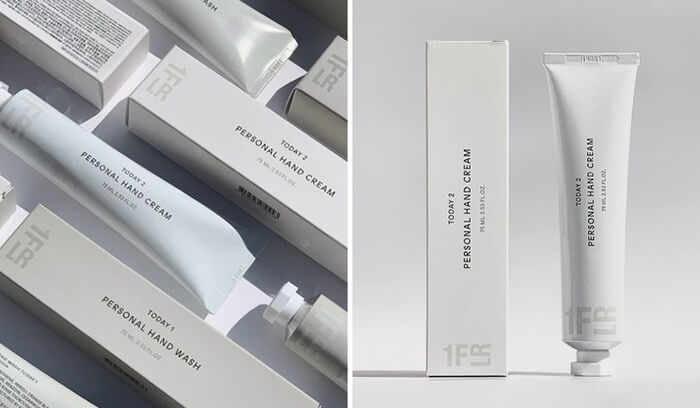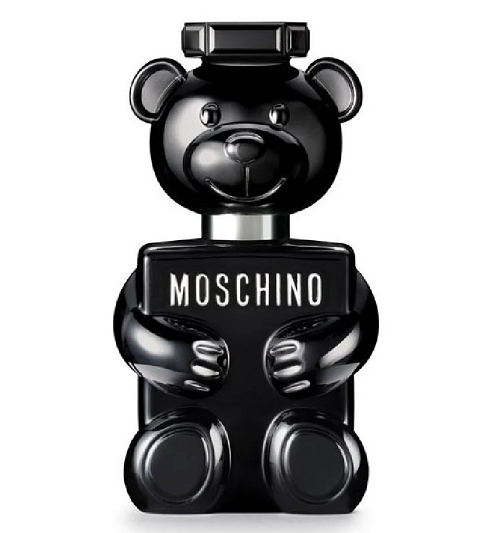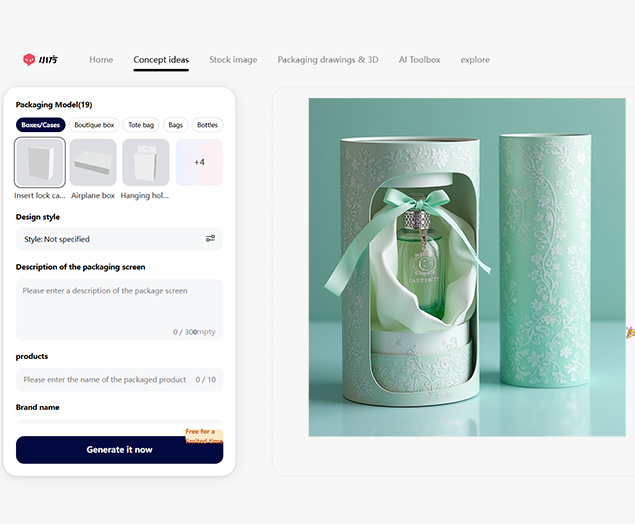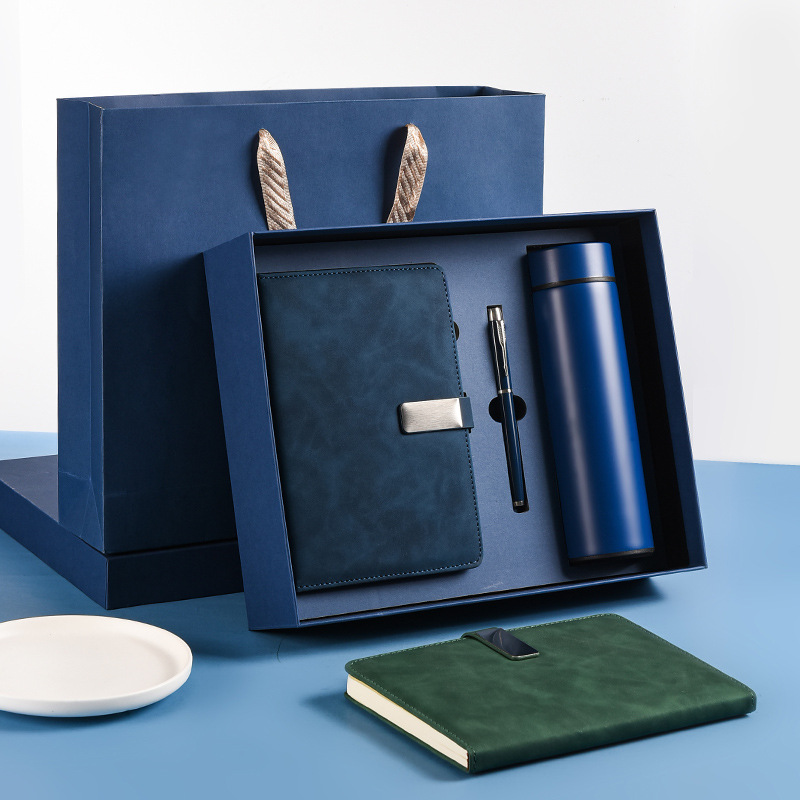How To Design Custom Packaging For Ecommerce Products?
Product packaging design may have started as a purely practical effort to protect items in transit. But it quickly became a powerful branding and marketing strategy.
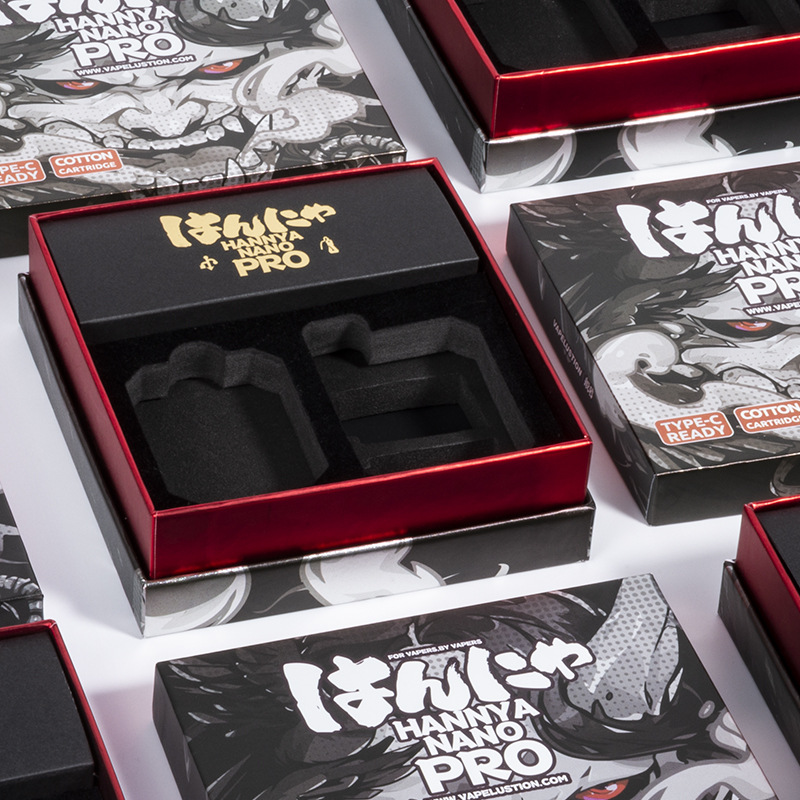
How to design eCommerce packaging?
Today, online shoppers don’t just expect to receive their products in a timely manner. They also want to be delighted with the overall delivery experience. This is where stellar product packaging can make all the difference in your ability to attract and retain customers.
In this guide, we’ll cover how you can create a winning product packaging design for your e-commerce store. Included are all the top tips and examples you need to tell a compelling story about your brand.
Why Is Product Packaging Important?
Keeping your products safe. Your customers who receive damaged or defective products will hardly endear your brand to them.
They will more than likely choose to shop elsewhere next time. A solid product packaging design is the most effective tool for keeping merchandise safe in transit and avoiding this worst-case scenario.
Differentiate your brand from the competition. Both online and offline retail has become incredibly saturated with brands selling similar or the same products. In this landscape, a memorable brand identity is a key to attracting the attention of your target customers.
Without an eye-catching packaging design, it is unlikely to stick in consumers’ minds.
Creating a memorable customer experience. In the age of social media, product packaging is an integral part of your marketing strategy (no pun intended). It’s a valuable touch point in the buying process that helps drive repeat purchase behavior by offering your customers a new and enjoyable post-purchase experience.
How Do You Select A Good Product Packaging Design?
When your product packaging design needs an upgrade. It can be difficult to know where to start. Ultimately, designing effective product packaging comes down to answering three key questions:
- What product(s) do you need packaging for?
- Who is your target audience?
- Where/how will your packaging be used?
All of these areas involve careful consideration to ensure your design is appropriate for your needs. So, let’s take a closer look at each question in depth:
What Products Do You Need Packaging For?
Your product catalog should always be your starting point for a new packaging design. There will be some key logistical considerations that will dictate the type of packaging you will need, such as:
- How large/small are your products?
- How light / heavy are they?
- Are any products classified as fragile items?
- Are there any regulations you need to comply with for shipping/handling?
For example, small, lightweight products, such as jewelry, are better suited to thinner types of packaging, such as mailing envelopes, rather than cardboard boxes.
This will reduce the DIM weight of your packages to reduce shipping costs. It also prevents you from having to use large amounts of packing padding to keep items from shifting during shipping.
Who Is Your Target Audience?
The market segment you are targeting will have a big influence on your product packaging design. After all, not all box designs are the same.
There is a big difference between going the Amazon route with generic cardboard and a custom printed box. The most appropriate design will be dictated by the preferences of your ideal customer.
If you’re a high-end retailer, your customer is likely to expect high-end packaging with more luxurious elements, such as tissue paper or ribbon.
But if you’re an eco-friendly brand that puts sustainability at the center of your brand strategy, these embellishments may be considered unnecessary and wasteful.
In short, your package design should reflect your customer’s values. And what they look for in the brands they endorse. This helps confirm and ensure they made the right buying decision.
Where / How Is Your Packaging Used?
If you are an e-commerce retailer, your packaging considerations will be very different from those of a traditional retailer. Product packaging design for the store shelf is all about aesthetics and how to entice consumers to interact with products. But packaging for online ordering requires a greater focus on durability and fulfillment costs.
A large, colorful box will look impressive on your customer’s doorstep. But your company will have to pay high freight rates due to the amount of space the package takes up in a courier van. Multiply that by hundreds of orders, and your choice of product packaging could start to cut into your product margins.
That’s why you should consider every stage of the fulfillment process when choosing the best packaging design for your business.
Types Of Product Packaging
Once you have decided on the necessary design and performance requirements, it’s time to choose your product packaging. There are a variety of packaging solutions available and their suitability will depend on your product specifications and brand aesthetics.
Product packaging can be divided into two main types; outer and inner packaging. And outer packaging is what protects your product during the transit process.
Inner packaging surrounds your product inside the outer packaging to ensure that it does not move. It can also have an aesthetic purpose, that is, to create an exciting product reveal.
Outer Packaging Solutions
Shipping Boxes
A shipping box is what we would recognize as a normal cardboard box, commonly used for moves or more common e-commerce deliveries. Shipping boxes are sturdy, relatively inexpensive, and an excellent form of return-ready packaging. They also come in a variety of sizes to accommodate variations within your product catalog.
Mail Boxes
Mailing boxes are much more focused on presentation than shipping boxes. Since they have tabs on the front to create a clean, customer-friendly opening. This makes them popular among subscription box brands. As well as among gift box services and luxury food products. They can also be custom printed in a variety of colors to suit your brand.
Rigid Boxes
Hard cases feature a two-piece design of a case and lid, which fit together for an extremely flush fit. Apple is famous for using this style of case for its iPhones and Macbooks, which has helped give the brand its refined, high-tech style. Rigid boxes are typically made of chipboard, which is extremely strong and resistant to chips or dents. This makes them a favorable design for more fragile products, such as electronics or fragrances.
Polyethylene Mailers
Polyethylene Mailers are extremely lightweight and weather resistant. This makes them a good choice for garments and other soft goods that do not require much protection. Most polyethylene envelopes are made of plastic. But there are a growing number of eco-friendly composting options available to help reduce packaging waste.
Padded Envelopes
Padded envelopes are typically made of paper or plastic with a bubble wrap liner to protect fragile products. They are suitable for smaller e-commerce orders that do not justify the use of a box, which helps reduce fulfillment costs. However, they are very difficult to recycle or reuse.
Inner Packaging Solutions
Tissue Paper
Tissue paper is a valuable addition to product packaging because it is incredibly versatile. It can be used to line the inside of boxes, gift wrap products or add a little extra drama and style to your product packaging. Best of all, colored tissue paper is very inexpensive and easy to buy in bulk.
Packing Peanuts / Air Pillows
Using some type of packing padding is vital to ensure that products are protected against events such as a package falling. Packing peanuts and air pillows are two effective and low-cost options. However, these materials are not easy to recycle and you could end up frustrating your customers by burdening them with the packaging they can’t easily dispose of.
Crumpled paper
Although a more expensive option, crinkled paper is ideal for companies that want a packaging filler that gives off a more premium feel. Because it is much denser than traditional packing peanuts, it also helps your box look fuller for better product presentation.
Insert
It is important to ensure that items do not move when your package is in transit, as this could spoil the product presentation or cause damage. Corrugated or polystyrene inserts will help keep products in place for the final reveal when your customer opens your box. This also makes for attractive in-store product displays.
Accessories
Smaller packaging accessories, such as stickers and tape, are very useful for sealing boxes or paper for a neater appearance. While you can use plain stickers, this is a great opportunity to showcase your brand by using custom stickers or ribbon designs.
Should You Consider a Custom Product Packaging Design?
In e-commerce, the moment of delivery represents the first tangible contact a customer has with your brand. And we all know, first impressions count. An anti-climactic and forgettable delivery experience will hardly guarantee your customer’s loyalty.
But by selecting a memorable unboxing experience, you can ensure a positive post-purchase encounter that puts your customers on the path to buy from you again soon. 68% of online shoppers report that branded or premium packaging makes a brand appear more elegant, while 61% say brand aesthetics make them more excited to receive/open a package.
In short, a customized product packaging design allows you to shape your customers’ perception of value. When they receive an eagerly anticipated product dressed in gift-like packaging, it’s a powerful statement of how your brand goes the extra mile for customers.
For our complete guide on how to create a memorable unboxing experience for your brand, check here.
What Are The Key Design Elements Of Custom Packaging?
Custom product packaging can be a simple or complex design job, depending on your budget and how elaborate you want your packaging to be. To create a seamless and enjoyable experience for your customer, your design ideas should consider three key elements:
- Brand identity
- functionality
- Experience
Brand Identity
Branding is one of the biggest considerations in the packaging design process. This is what helps your customer foster familiarity with the brand during the post-purchase experience, so make sure your packaging is consistent from end to end. This includes the following branding elements:
- Logo design
- Color
- Typography
- Brand voice
For example, your logo and brand colors should feature prominently on your packaging to ensure customers recognize your delivery when it arrives. This helps build anticipation and excitement for unpacking, which creates a more engaging experience for your customers. Packaging accessories, such as custom stickers or packaging tape, are great places to place your logo, as they provide a strong focal point in your design.
It’s also important to think about how your product packaging design compares to your competitors. Your design should be distinctive enough that it won’t be confused with other brands, especially to avoid copyright issues. Whatever design you choose, you want to be the only retailer you can think of.
Functionality
Ultimately, your custom product packaging must achieve a certain purpose or even several purposes. As fun as it is to choose your panties or tissue paper, you must resist the temptation to stray from your basic functionality requirements.
Depending on the sales channels in which your product packaging is being used, it should accomplish some or all of the following:
- Protect items in transit
- Maintain product integrity
- Provide product information/instructions
- Entice customers to interact with a product.
- Brand positioning
Experience
A custom packaging design can be a powerful tool for experiential marketing. Therefore, you should put yourself in the position of your customer interacting with a product or receiving their order online. Every aspect of your product packaging design should aim to increase engagement and the perceived value of the purchase, from the outer box design to the final product reveal.
These questions will help you think through the type of unboxing experience you want your customers to have:
- What do you want your packaging to look, feel and sound like when customers interact with it?
- What kind of mood/feeling do you want your packaging to inspire?
- What does your product presentation tell customers about your product/brand?
- How can free samples, business cards, or handwritten notes provide additional touchpoints?
- Does my product packaging provide customers with useful customer support information?
Is It Possible To Dropship With Customized Packaging?
It is entirely possible to implement custom packaging in your drop shipping strategy. This is a great approach for brands that want to provide their customers with a consistent brand experience from start to finish.
Since your customer may not know that their order is being fulfilled and shipped by a third party. Plain packaging is overwhelmingly used within dropshipping to save costs, which means that a custom packaging design can give your dropshipping business a great competitive advantage.
Should You Hire A Packaging Designer?
Designing your own packaging sounds like an intimidating undertaking, especially for small businesses that may not have an in-house designer. So, should you consider hiring a graphic designer or packaging designer to manage the process for you?
The answer depends on how elaborate you want your packaging design to be. If you want something with a significant graphic design element, a designer may be helpful.
But if you’re interested in a relatively simple design involving your existing logo, it may not be necessary to hire an outside design service.
If someone on your team has basic Adobe Illustrator experience, it’s fairly easy to create a do-it-yourself design.
However, it is important to seek advice from your printer about the dieline template being used and file format requirements.
Some custom packaging suppliers, including noissue and ARKA. They also have simplified online tools that allow you to design and ship your chosen packaging at the time of ordering. This is a great way to save on costly design consultations or mock-ups, which can make custom packaging unaffordable for many retailers.
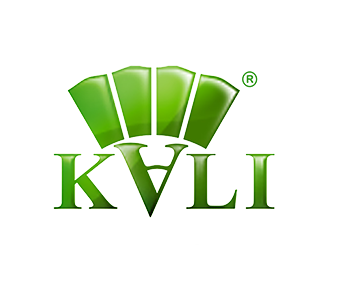
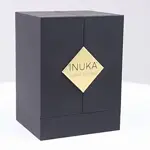
Top 10 Creative Cosmetic Packaging Design Ideas & illustrations 2023 | Luxury-Paper-Box.Com
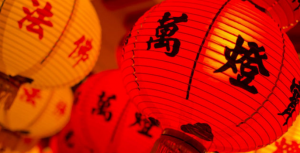
10 Customs Of The Spring Festival (Lunar New Year) You Need To Know
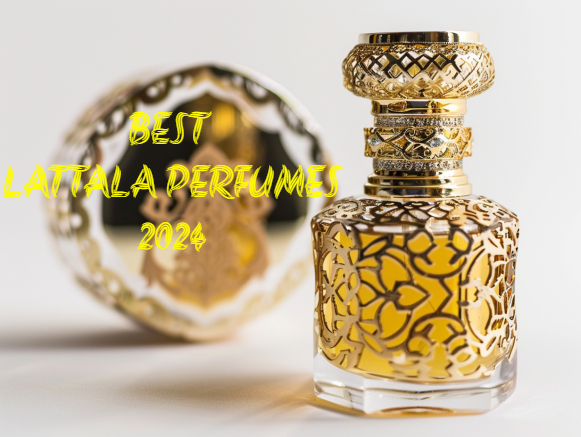
Top 10 Best Lattafa Perfumes for Women & Men in 2024
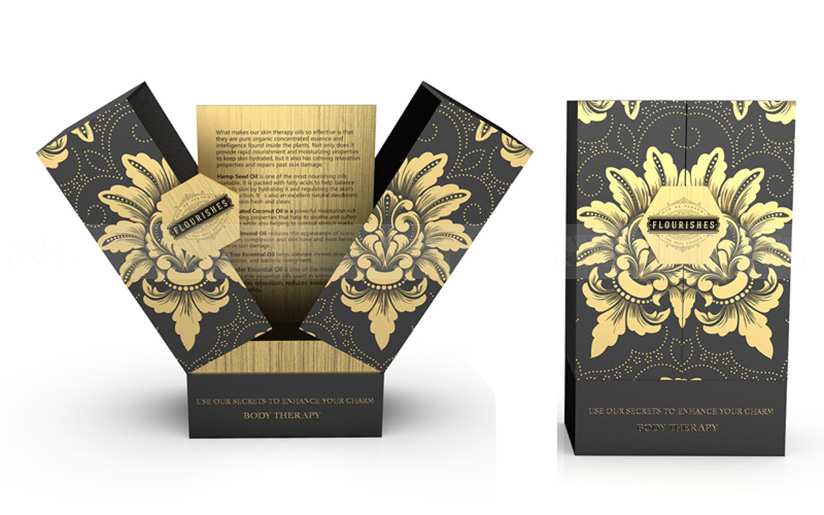
Top 10 Best Packaging Design Software 2023 (Free & Paid)
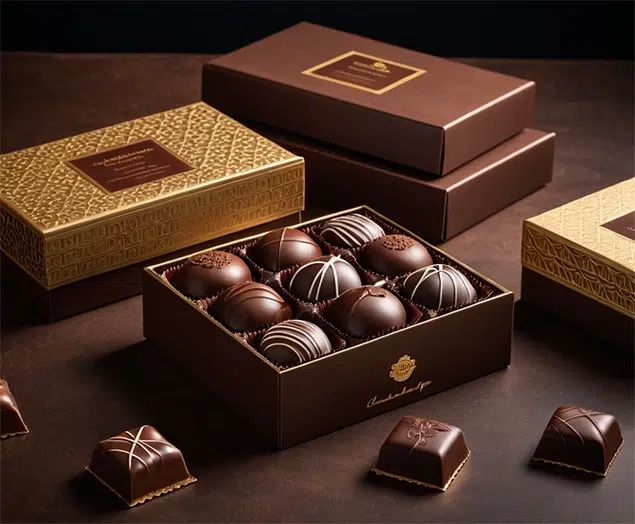
Best Chocolate Packaging Designs of 2025
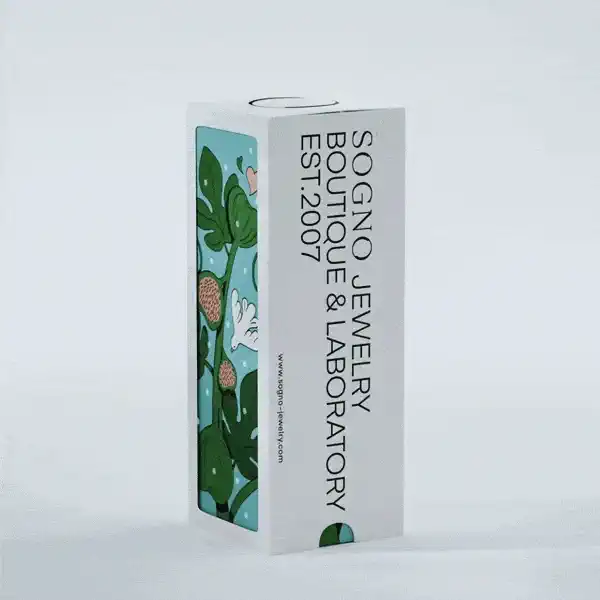
Natural Concept Perfume Design Ideas: Tell Your Brand Story
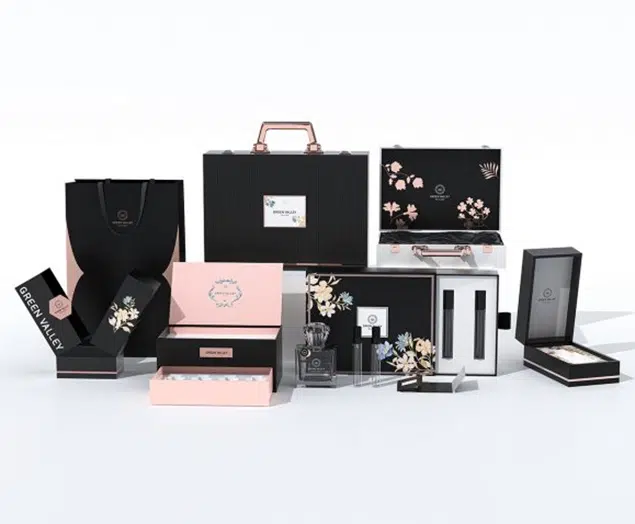


 kali@luxury-paper-box.com
kali@luxury-paper-box.com
